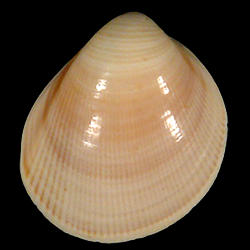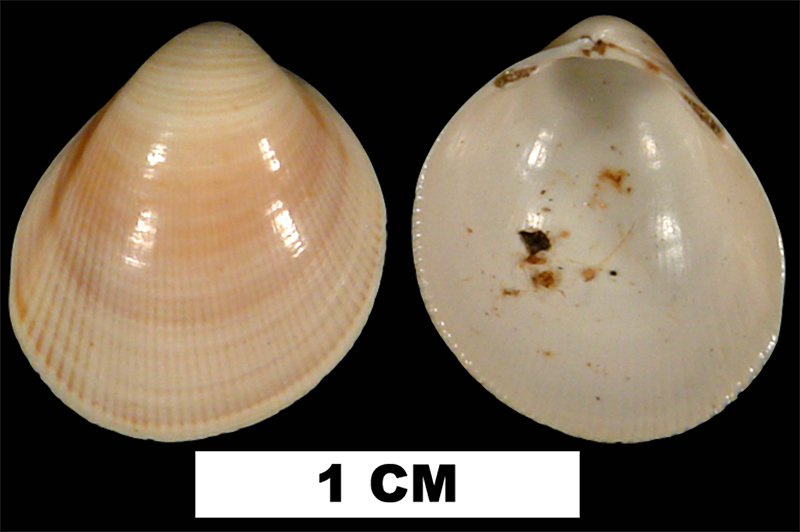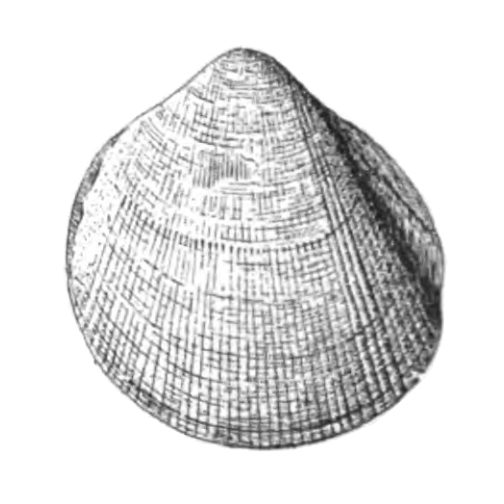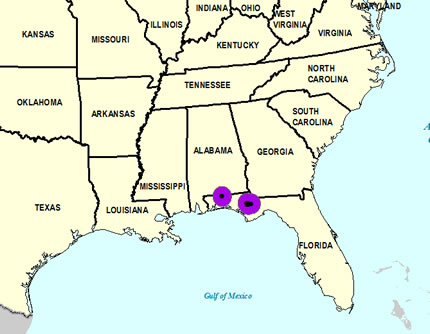
Laevicardium compressum

- Phylum: Mollusca
- Class: Bivalvia
- Order: Imparidentia
- Family: Cardiidae
- Genus: Laevicardium
- Species: Laevicardium compressum (Dall, 1900)
Geological Range
Early Miocene; Extinct.
Paleogeographic Distribution
Northern Florida.
Remarks
Original Description (from Dall, 1900, p. 1109-1110):
"Oligocene of the Chipola beds at Alum Bluff and on the Chipola River, and of the Oak Grove sands on the Yellow River, Florida; Burns.
Shell small, plump, inequilateral, with convex beaks nearer the anterior end; surface smooth over a small anterior area, and over the posterior area which is compressed so that the pinch gives to the lower posterior margin a distinct insinuation; between these the disk is covered by minute radii which, though conspicuous in eroded shells, hardly interrupt the smoothness of the surface when perfect; the outline is rounded in front and below and slightly oblique; interior polished, with the adductor scars impressed; the margin, except of the anterior and posterior areas, finely serrate. Lon. 24, alt. 26, diam. 14 mm.
All the species of Laevicardium are very similar shells, especially when they have lost color by fossilization, but this species is readily recognizable by the small size of the smooth areas and the peculiar pinching of the posterior area."
To access this description in its original formatting through Google Books, click here.
Stratigraphic Occurrences
- Early Miocene
- Chipola Formation (N. FL)
- Oak Grove Sand (N. FL)


